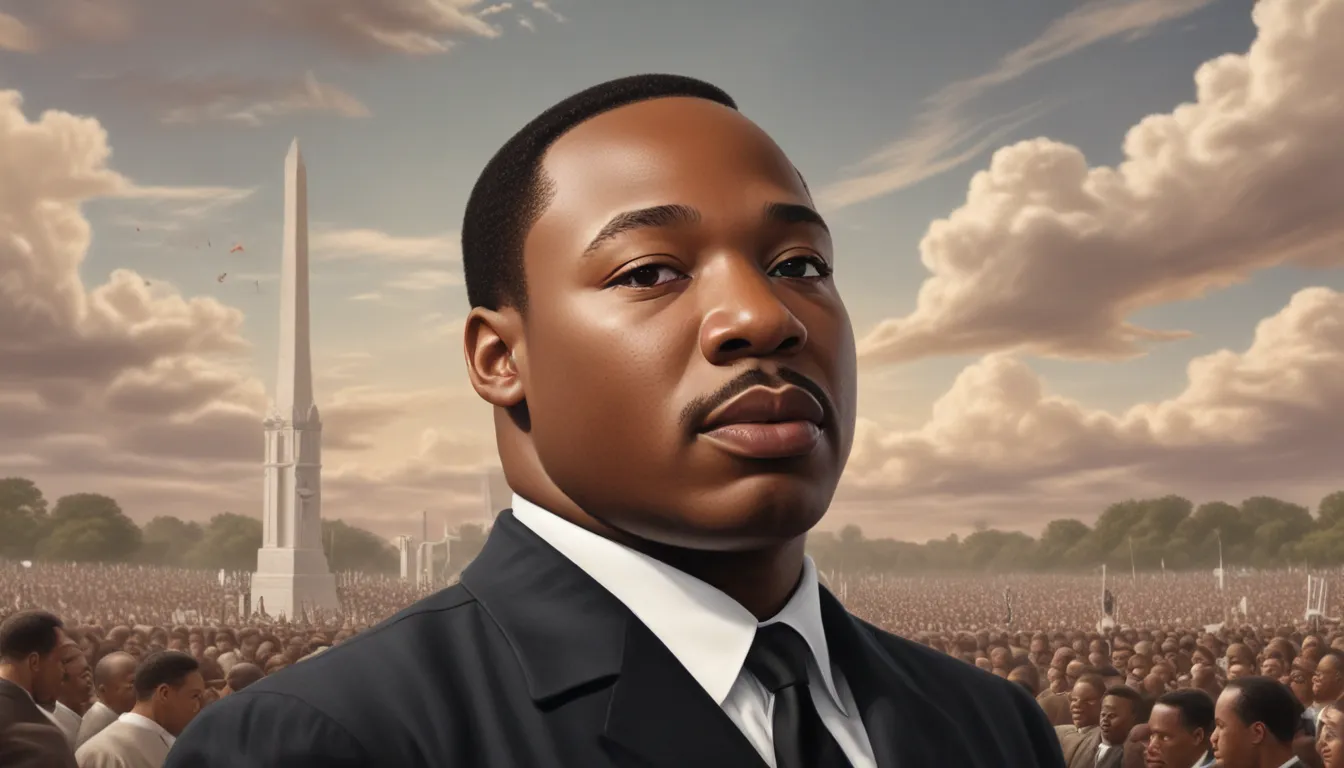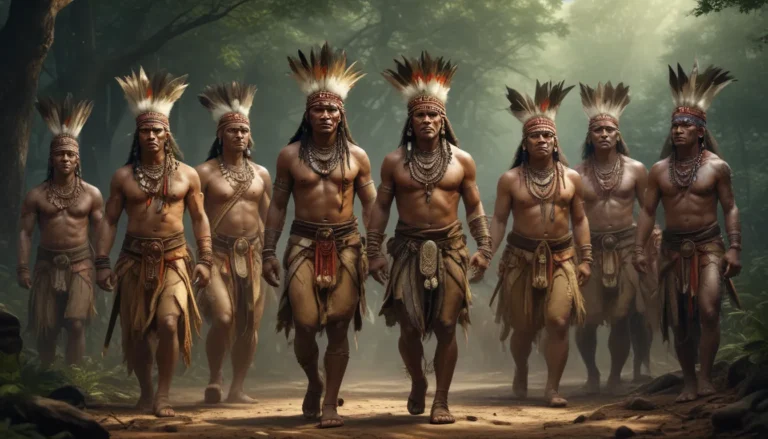The images in our articles may not match the content exactly. They are used to grab your attention, not to show the exact details in the text. The images complement the text but do not replace it.
Are you curious about what makes Martin Luther King Jr.’s “I Have a Dream” speech so timeless and impactful? Beyond the powerful message of equality and freedom, there are fascinating facts that shed light on the historical significance and lasting influence of this iconic address. Delivered during the March on Washington for Jobs and Freedom in 1963, King’s speech not only marked a pivotal moment in the Civil Rights Movement but also showcased his exceptional oratory skills. Join us on a journey as we delve into some of the most intriguing facts about the “I Have a Dream” speech and uncover the layers behind this historic oration that continues to inspire generations.
Unveiling the Origin of “I Have a Dream”
Martin Luther King Jr.’s legendary “I Have a Dream” speech was a defining moment during the March on Washington for Jobs and Freedom on August 28, 1963. Standing in front of the Lincoln Memorial, King shared his vision of a future where individuals would be judged by their character, not the color of their skin.
- The speech was not initially titled “I Have a Dream” but evolved into its most memorable phrase during King’s delivery.
- King had previously used the “I have a dream” theme in speeches in Detroit and North Carolina before its iconic rendition in Washington.
The Impact on Society and Legislation
King’s words reverberated across the United States and the world, serving as a rallying cry for the Civil Rights Movement and a catalyst for critical legislative changes.
- Over 250,000 individuals attended the March on Washington, making it one of the largest human rights rallies in U.S. history.
- The speech played a pivotal role in the passage of the Civil Rights Act of 1964 and the Voting Rights Act of 1965, laws aimed at dismantling segregation and discrimination against African Americans.
Reflecting on Memorable Quotes from the Speech
King’s speech is brimming with poignant quotes that continue to inspire and resonate with audiences today.
- “I have a dream that my four little children will one day live in a nation where they will not be judged by the color of their skin but by the content of their character.” This line encapsulates the core message of the speech.
- “Let freedom ring from the snow-capped Rockies of Colorado!” King’s concluding statements envisioned freedom echoing across various regions of the United States, symbolizing national unity.
Unpacking the Speech’s Composition and Delivery
Several factors and individuals influenced the creation and delivery of the “I Have a Dream” speech, adding layers of complexity to its impact.
- King’s advisors initially cautioned against using the “I have a dream” phrase again, fearing it might be seen as trite. However, singer Mahalia Jackson’s intervention prompted King to incorporate the theme.
- The speech underwent collaborative drafting with key figures like Clarence Jones and Stanley Levison, who helped King shape his ideas into the powerful words delivered that day.
Tracing the Legacy and Global Influence
The “I Have a Dream” speech has left an indelible mark on American society and inspired civil rights movements worldwide.
- Considered one of the greatest speeches in American history, it is a subject of study in educational institutions globally for its rhetorical brilliance.
- The speech was honored by the Library of Congress in 2002, solidifying its place in the United States National Recording Registry.
Exploring the Educational Impact and Continued Relevance
Decades after its delivery, King’s dream remains a beacon of hope, fostering discussions on equality and justice in contemporary society.
- Annual commemorations of the March on Washington and King’s speech reflect on progress made since 1963 and highlight ongoing challenges.
- The speech’s enduring relevance is underscored by its frequent citation in discussions about racial equality, civil rights, and social justice.
A Reflection on a Historic Masterpiece
Martin Luther King Jr.’s “I Have a Dream” speech stands as a monumental achievement in the struggle for civil rights, resonating with audiences through its powerful words and emotional depth.
- Despite challenges, King’s dream of a world where individuals are judged by their character continues to inspire efforts toward a more equitable society.
- Let’s carry forward the spirit of unity and determination that King articulated in 1963, keeping his dream alive and striving for a more just and inclusive world.
Frequently Asked Questions
Q: What inspired Martin Luther King Jr. to deliver the “I Have a Dream” speech?
A: King drew inspiration from his Christian beliefs, the peaceful teachings of Mahatma Gandhi, and his vision for equality and justice in America.
Q: Who wrote the “I Have a Dream” speech?
A: Martin Luther King Jr. crafted this historic speech himself, with input and advice from close advisors, showcasing his eloquence and vision.
Q: How many people attended the speech?
A: Over 250,000 supporters gathered at the Lincoln Memorial in Washington, D.C. on August 28, 1963, making it a momentous human rights rally in U.S. history.
Q: Did King prepare the entire speech beforehand, or was part of it improvised?
A: While King had a written speech prepared, he improvised the iconic “I Have a Dream” segment, showcasing his exceptional skill as a speaker.
Q: What was the main message of the “I Have a Dream” speech?
A: King called for an end to racism, civil and economic rights, and racial segregation in the United States, envisioning a future based on character rather than skin color.
Q: How did the speech impact the civil rights movement?
A: The speech inspired critical legislative changes, including the Civil Rights Act of 1964 and the Voting Rights Act of 1965, solidifying King’s role as a civil rights leader.
Q: Is the “I Have a Dream” speech still relevant today?
A: Yes, King’s words continue to resonate globally, serving as a call to action for equality and justice in contemporary society.
Q: Where can I find the full text of the “I Have a Dream” speech?
A: The full text is available through various educational and historical institutions online, ensuring access to King’s inspiring message.
Your Feedback Matters
We value your feedback and contributions in ensuring the accuracy and authenticity of the content we provide. Each fact shared on our site is a testament to the diversity of insights contributed by real users like you. Trust in our commitment to delivering engaging and trustworthy content as we continue to explore and learn together.






